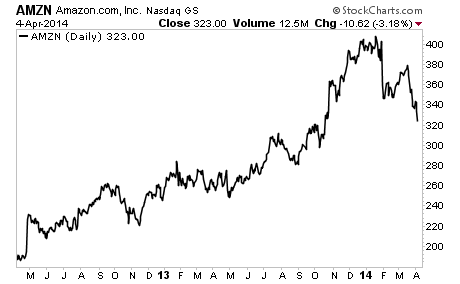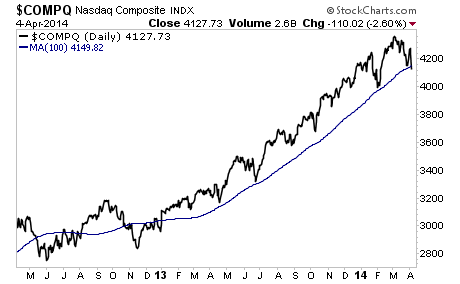by The Phoenix
| The big story developing in the US markets regards the sudden crackdown by regulators, most notably the SEC and Justice Department, on High Frequency Trading or HFT. For well over five years now, certain trading firms have been using high-speed computers to front-run orders from other investors. In simple terms, the market exchanges, like the NYSE, would let these firms (for a price of course) see when someone put in a market order to buy or sell shares on the market. The trading firm would then use super fast computer programs to buy or sell shares in front of that order, before turning around and selling the shares to the investor at a slightly higher price. The trading program may only make a $0.01 profit by doing this, but because they were doing it millions of times a day, they were making billions of Dollars per year. At one point, this practice accounted for as much as 70% of all market volume. Put another way, 70% of all shares being traded on the market were not from investors actually placing buy and sell orders, but from computers front-running investors and each other. These firms argued that they were providing liquidity to the markets (an outright lie). The reality is that they spent millions of dollars lobbying in Washington DC to make sure that the regulators didn’t crack down on them. However, it would appear that things have finally hit a boiling point with author Michael Lewis publishing a book exposing HFT as the immoral and illegal activity it is. Between this, and a number of high profile media appearances, Lewis has finally raised public awareness on the issue of HFT. And the public is not happy about it As a result both the SEC and Justice Department have opened investigations. As far as stocks are concerned, we’ve seen a sharp drop in the companies that were highly favored by HFT firms. Amazon, an HFT favorite, has imploded from its highs. The same goes for Facebook: This was always the problem with HFT: that these firms were pushing prices higher, through artificial pressure, not real buying power. Now that they’re moving out of the market, we’re seeing the consequences of this. Indeed, the sharp drop in those companies favored by HFT firms predicted the recent collapse in the NASDAQ index as a whole: Today, the NASDAQ is resting on its 100-day moving average. As you can see in the above chart, this line has help during every correction since 2013. IF we see a breakdown here (meaning this line doesn’t hold), then the HFT crackdown could become a very serious issue for the markets. With these programs dominating trading so much, removing them from the market will have serious consequences for prices. The whole situation is very reminiscent of the computer trading, which led to the 1987 Crash. |



No comments:
Post a Comment